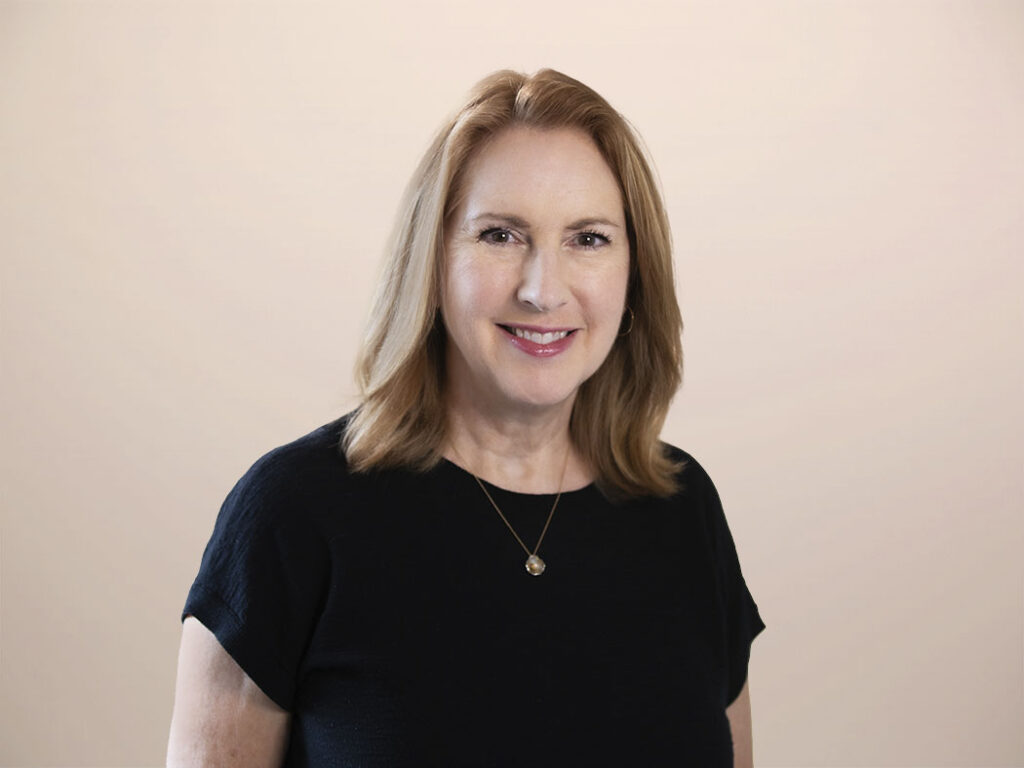Do I Really Have to Develop All That Messaging?
- B2B buying decisions are generally made by groups of buyers
- When creating messaging, B2B marketers need to address each member of the buying group for best results
- Understanding each person in the buying group and prioritizing his or her role in the decision process provides a roadmap to accomplish the task
When discussing buying groups and personas with clients, we often get this question: “Do I really have to develop messaging for every buyer in the buyer group?” And the answer is – sorry – probably yes. But don’t despair, it’s not as scary as it seems when you have the right tools and your pipeline will reap the benefits. The key lies in understanding each person (or “buyer persona”) and the role they play within the buying group that you are targeting. Once you understand your buying group as whole, you can prioritize and create messaging exactly where you need it.

That’s why we called out “Define Buying Groups to Accelerate Demand” as one of strategic areas in our Portfolio Marketing: Planning Assumptions 2019 guide for this year. It’s critical to producing an audience-centric approach to go-to-market strategy, messaging and execution. And it is a fundamental component of the updated SiriusDecisions Demand Unit Waterfall™ where buying groups are identified as “demand units.”
If you’re like me, when faced with a task that feels too big or complex, it always helps to remember that process and prioritization are your friends. At SiriusDecisions, we recommend approaching it sequentially:
- Buying group. Identify the group of people involved in the buying decision for your offering
- Persona prioritization. Prioritize each buyer persona in the group based on a combination of qualitative and quantitative factors
- Persona context. Create a persona definition and buyer’s journey map for each prioritized persona
- Messaging. Develop messaging for the prioritized personas
Once you understand each persona, you can focus on the most important ones, then work your way down to the others. Start with a manageable pilot of one to three personas to get comfortable with the process and acquire the required skills. Persona development goes much faster every time you do it. At some point it becomes second nature, and you wouldn’t think about doing it any other way.
It may feel overwhelming at first, but resist the temptation to treat the whole buying group as one, because that actually works against you. You end up diluting the messaging to appease the group, and the resulting messaging doesn’t resonate with anyone individually. Truly audience-centric messaging begins at the individual persona level, resonates with your buyers and fills your pipeline. Remember our friends “process” and “prioritization” and you’ll start seeing results you can measure and be proud of.
If you’re ready to see the benefits of shifting from product-centric to audience-centric messaging and marketing – including better audience engagement, elevated response and conversion rates, and increased marketing contribution to pipeline and revenue – I encourage you to check out our new e-book “Marketing Transformation: Dialing Up an Audience-Centric Approach” to get started.
